What is the Process to Create a Robot: A Step-by-Step Guide for Beginners
Creating a robot has become a significant endeavor in the realm of technology and engineering, particularly as automation and artificial intelligence continue to evolve. According to a report by the International Federation of Robotics (IFR), the global market for robotics is expected to reach $210 billion by 2025, indicating a surging interest in robotic applications across various industries. This increasing demand necessitates a clear understanding of the processes involved to effectively create robots, especially for beginners who may feel overwhelmed by the complexity of robotic design and programming. By following a structured, step-by-step guide, aspiring creators can gain essential skills and knowledge needed to navigate the fascinating world of robotics, enabling them to contribute to an industry that is shaping the future of work, manufacturing, and daily life.
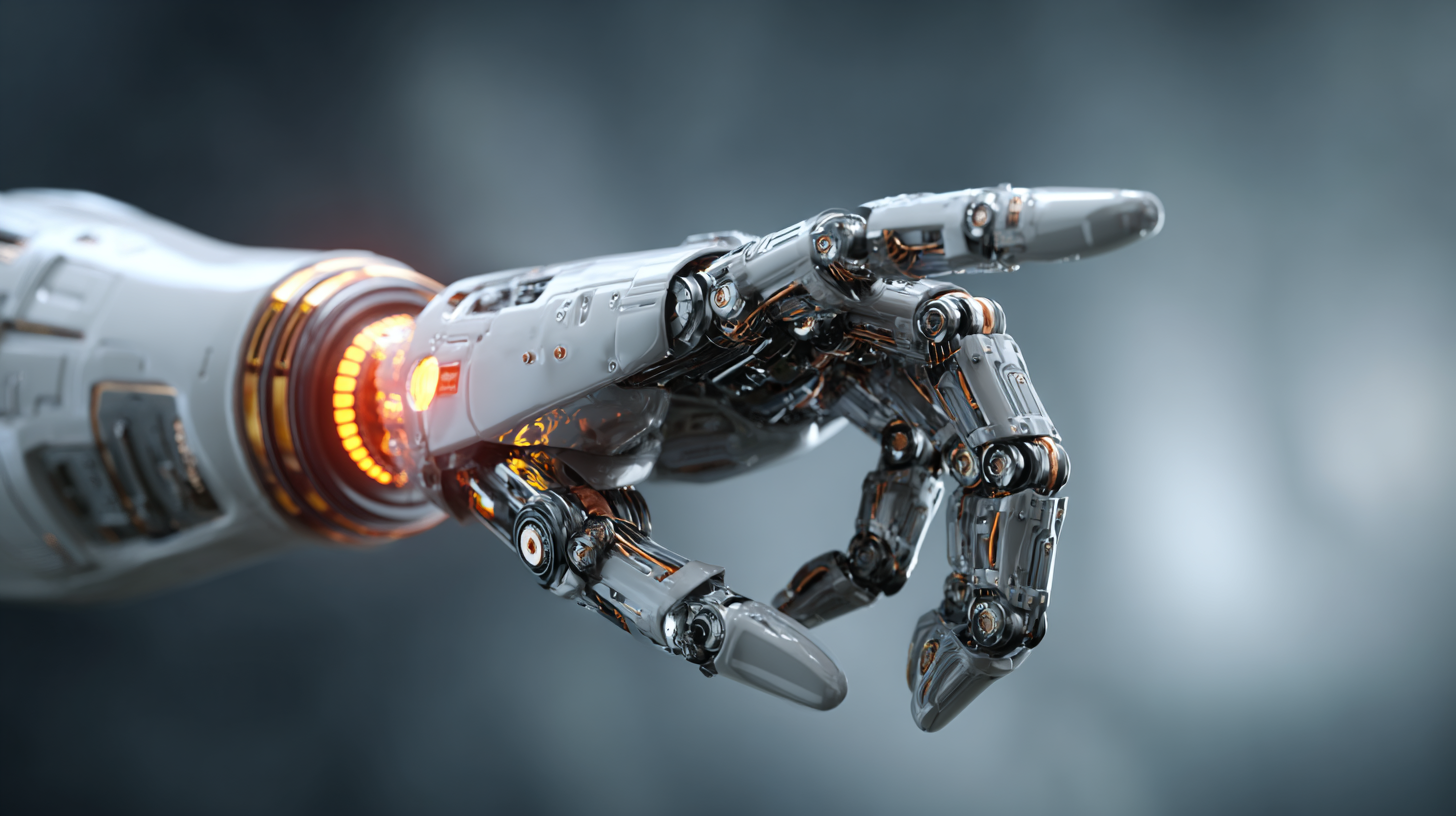
Understanding Robotics: Key Concepts and Terminology for Beginners
Robotics is a fascinating field that combines engineering, computer science, and mathematics to create machines capable of performing tasks autonomously or semi-autonomously. For beginners, understanding key concepts and terminology is essential to grasp the fundamentals of robotics. Basic components of a robot include sensors, actuators, and a controller. Sensors gather information from the environment, actuators enable movement, and the controller processes input data and sends commands to the actuators. Familiarizing yourself with these components will enhance your ability to build and program robots effectively.
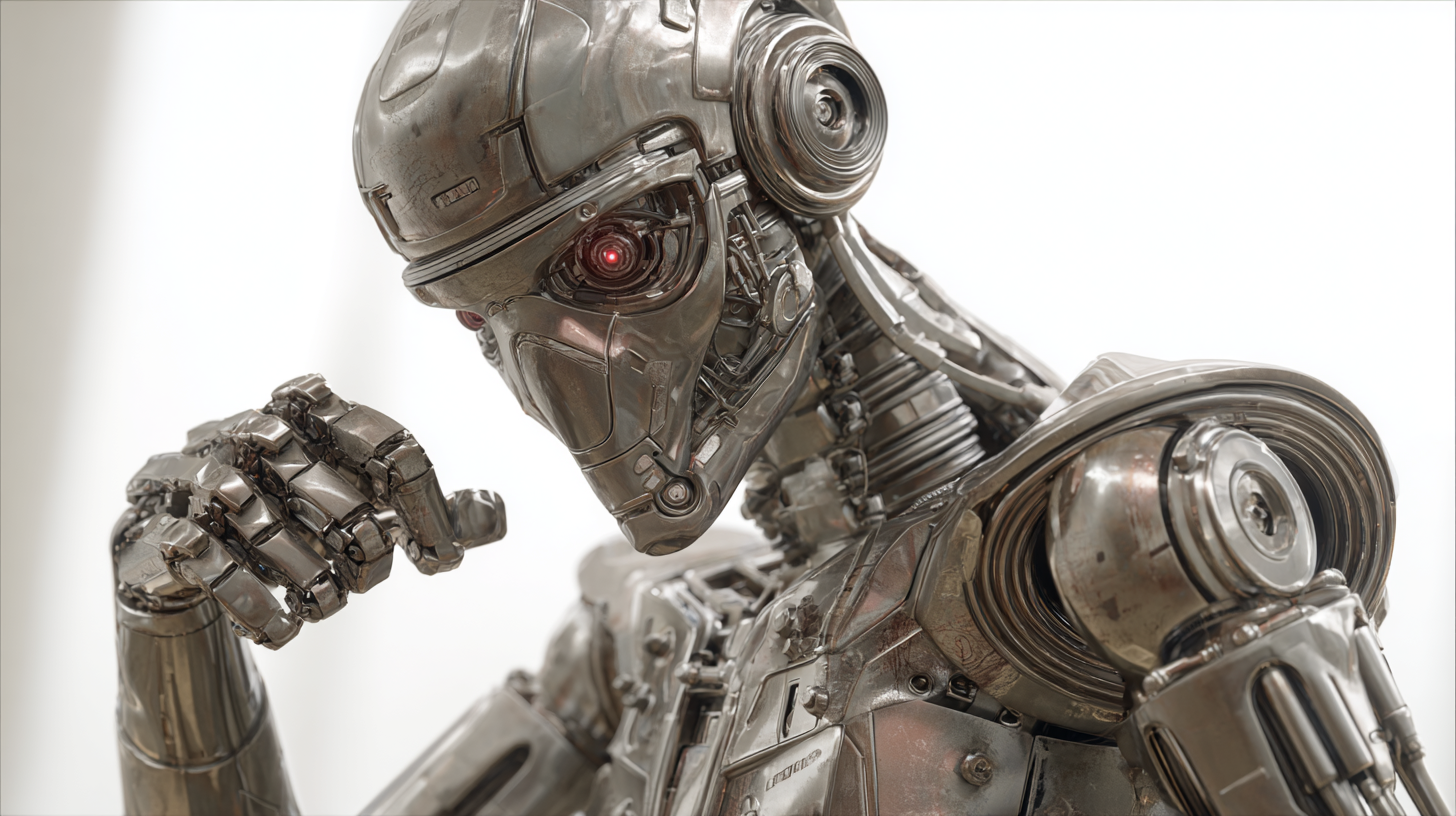
Tip: Start by experimenting with simple robots, such as those based on kits like LEGO Mindstorms or Arduino. These platforms provide an accessible entry point, allowing you to learn while creating something tangible.
In addition to components, it's important to understand programming languages used in robotics. Languages like Python and C++ are commonly used for robot programming due to their versatility and user-friendly features. Beginners should also learn about concepts such as machine learning and artificial intelligence, which are increasingly integrated into modern robotics.
Tip: Joining online forums and robotics clubs can provide you with valuable support and motivation. Engaging with a community helps you to share ideas, solve problems collaboratively, and stay updated on the latest advancements in the field.
Choosing the Right Components: Essential Parts for Building a Robot
Choosing the right components is crucial when building a robot, especially for beginners. A well-structured approach ensures that both functionality and performance are optimized. According to a report by the International Federation of Robotics (IFR), the robotics market is projected to experience significant growth, with sales of professional service robots reaching up to $20 billion by 2026. This surge is largely driven by advancements in robotics components, which offer enhanced reliability and efficiency for builders of all skill levels.
The fundamental parts of a robot include sensors, actuators, controllers, and power supplies. Sensors are responsible for perceiving the environment, with reports indicating that the global sensor market is expected to surpass $200 billion by 2025. Actuators, which translate electric signals into movement, also play a vital role; the demand for these components is anticipated to increase as more industries adopt automation. Furthermore, the choice of a suitable microcontroller is critical, as it dictates the robot’s processing capability and response time. With platforms like Arduino and Raspberry Pi gaining popularity, beginners now have access to affordable and versatile options to kickstart their robotic journeys.
Essential Components for Building a Robot
Software Development: Programming Languages and Tools for Robotics
In the realm of robotics, understanding the software development landscape is crucial for aspiring roboticists. The demand for proficient programming skills continues to grow, driven by the need for innovative solutions across various industries. Recent reports indicate that programming languages are evolving rapidly, with a focus on simplifying complex tasks. For instance, languages like Python and JavaScript are increasingly favored for their versatility and ease of use in robotics applications. Tools that support these languages are vital, as they enable developers to streamline the coding process and significantly reduce project timelines.
The recent advent of no-code robotics programming highlights a shift towards democratizing access to automation technology. This approach allows users who may not have extensive coding knowledge to engage with robotic systems, fostering a more inclusive environment for innovation. Additionally, initiatives such as the development of agnostic operating systems for robots reflect a growing trend to simplify integration across various platforms, making it easier for developers to create and deploy robotic solutions without being confined to specific technologies. As the industry progresses, staying informed about the latest programming tools and methodologies will be essential for beginners looking to make their mark in the world of robotics.
What is the Process to Create a Robot: A Step-by-Step Guide for Beginners - Software Development: Programming Languages and Tools for Robotics
| Step | Description | Programming Languages | Development Tools |
|---|---|---|---|
| 1 | Define the purpose and specifications of the robot. | N/A | N/A |
| 2 | Design the robot's physical structure. | N/A | CAD Software |
| 3 | Choose the appropriate sensors and actuators. | N/A | N/A |
| 4 | Select a suitable programming language. | Python, C++, Java | IDE, Text Editor |
| 5 | Write code for robot control and behavior. | Python, C++ | Robot Operating System (ROS), Simulation Tools |
| 6 | Test and debug the robot functionalities. | N/A | Debugging Tools |
| 7 | Iterate design and code based on test results. | N/A | Version Control Tools |
| 8 | Finalize the design and prepare for deployment. | N/A | N/A |
Testing and Troubleshooting: Ensuring Your Robot Functions as Intended
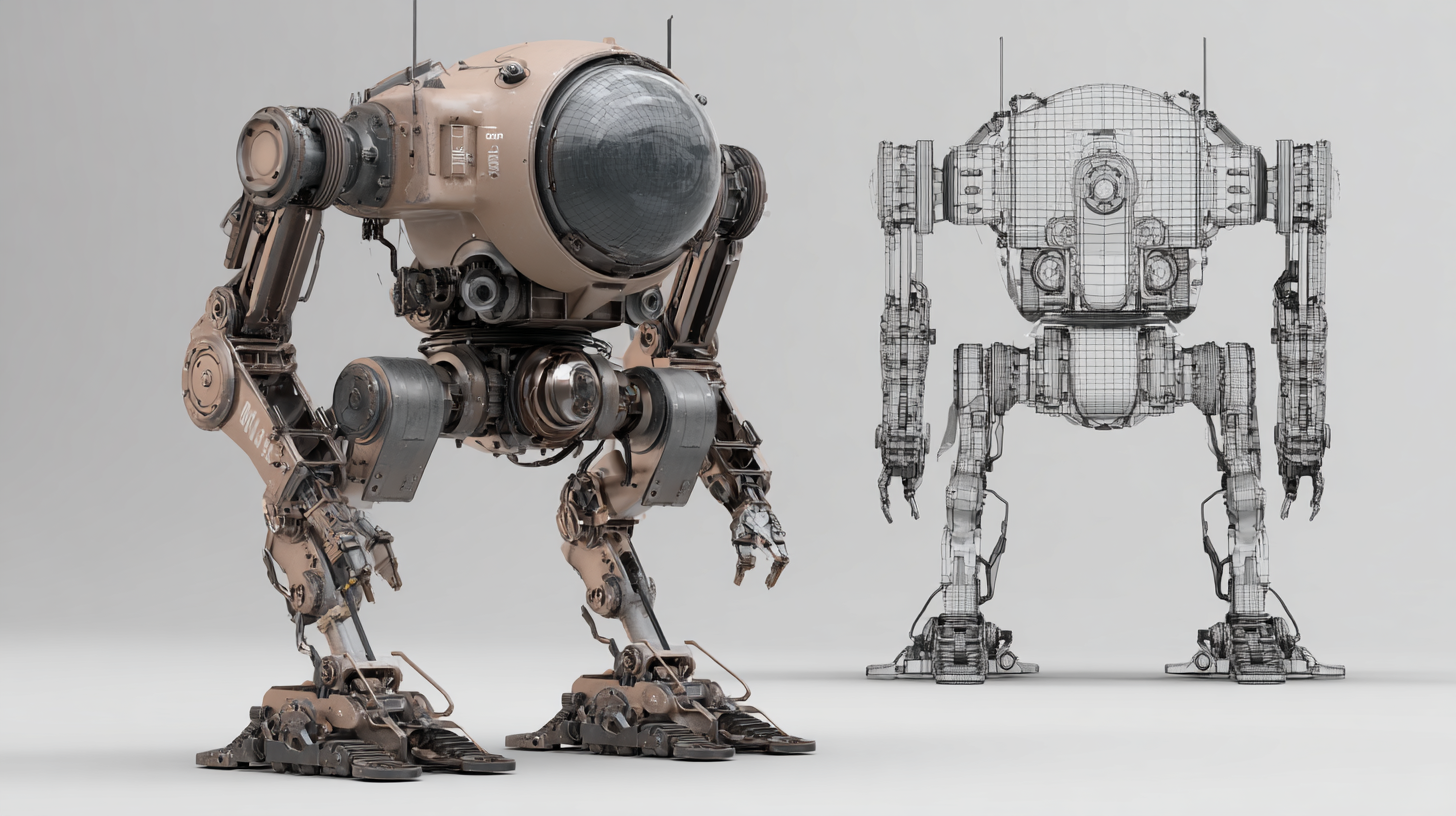 Troubleshooting is a crucial part of the robotics creation process, ensuring that your robot operates as intended. After assembling your robot, it's essential to run a series of tests to identify any issues that may arise. Begin by checking all mechanical connections for tightness and proper alignment. This will help avoid basic problems that could affect performance. Next, test the individual components, such as sensors and motors, to confirm they respond as expected. This systematic approach allows you to pinpoint faults before moving on to more complex diagnostics.
Troubleshooting is a crucial part of the robotics creation process, ensuring that your robot operates as intended. After assembling your robot, it's essential to run a series of tests to identify any issues that may arise. Begin by checking all mechanical connections for tightness and proper alignment. This will help avoid basic problems that could affect performance. Next, test the individual components, such as sensors and motors, to confirm they respond as expected. This systematic approach allows you to pinpoint faults before moving on to more complex diagnostics.
Tips for troubleshooting:
- Use a multimeter to check electrical connections and battery levels, ensuring power supply is stable.
- Keep a detailed log of tests and results; this will help track down errors and clarify what changes improve functionality.
- Seek feedback from online robotics communities or forums where experienced builders can offer insights based on similar issues they've encountered.
Lastly, if your robot isn't functioning properly, don't hesitate to revisit the design. Sometimes, adjustments to your code or circuit layout can lead to significant improvements. Refinement might require several iterations, but is key to achieving the desired outcome.
Real-World Applications: Exploring Industry Trends and Innovations in Robotics
The field of robotics is evolving rapidly, driven by advancements in artificial intelligence, sensor technologies, and automation. According to a recent report by the International Federation of Robotics (IFR), the global market for professional service robots is expected to reach $75 billion by 2025, indicating a strong demand across various industries. Applications range from manufacturing, where robots boost efficiency and precision, to healthcare, where surgical robots are enhancing patient outcomes. Industries are increasingly adopting collaborative robots, or cobots, which work alongside human workers to optimize productivity without replacing jobs.
Tip: When venturing into robotics, consider focusing on specific industry needs. Research trends in sectors like logistics or agriculture, which are actively integrating robotics to streamline operations. This targeted approach can help guide your design and programming efforts effectively.
Innovations such as AI-driven robots are also transforming the landscape. A study by McKinsey & Company highlighted that businesses implementing robotics and automation could boost productivity by up to 30%. As firms seek to stay competitive, understanding emerging technologies like machine learning and IoT will be crucial for anyone entering this field.
Tip: Stay updated with industry news and participate in robotics communities online. Networking with professionals and learning from their experiences can help you navigate the challenges and opportunities in robotics.
Related Posts
-

5 Best Innovations in Think Robotics for the Future of Automation
-
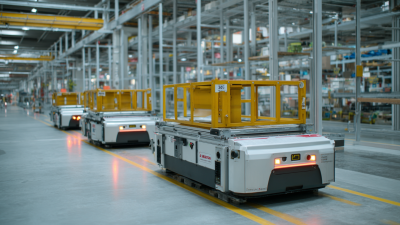
How to Maximize Efficiency with AMR Robots in Your Business Operations
-
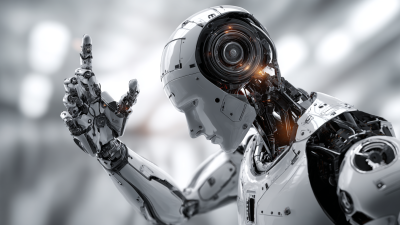
10 Unmatched Robotics Innovations You Should Think About
-
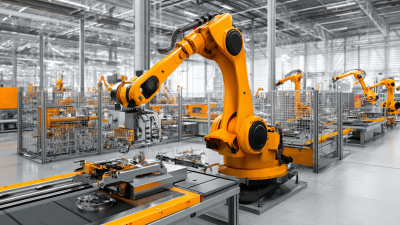
How to Enhance Efficiency in Manufacturing by Rethinking Robotics Integration
-
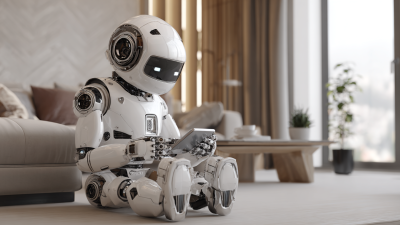
How to Choose the Best Home Robotics for Your Daily Life
-
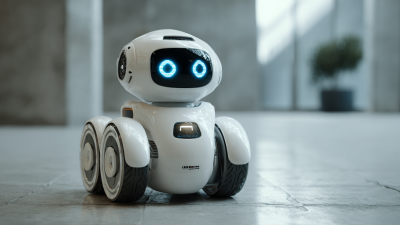
Unlocking the Future: An Ultimate Guide to Choosing the Right Autonomous Robot for Your Business